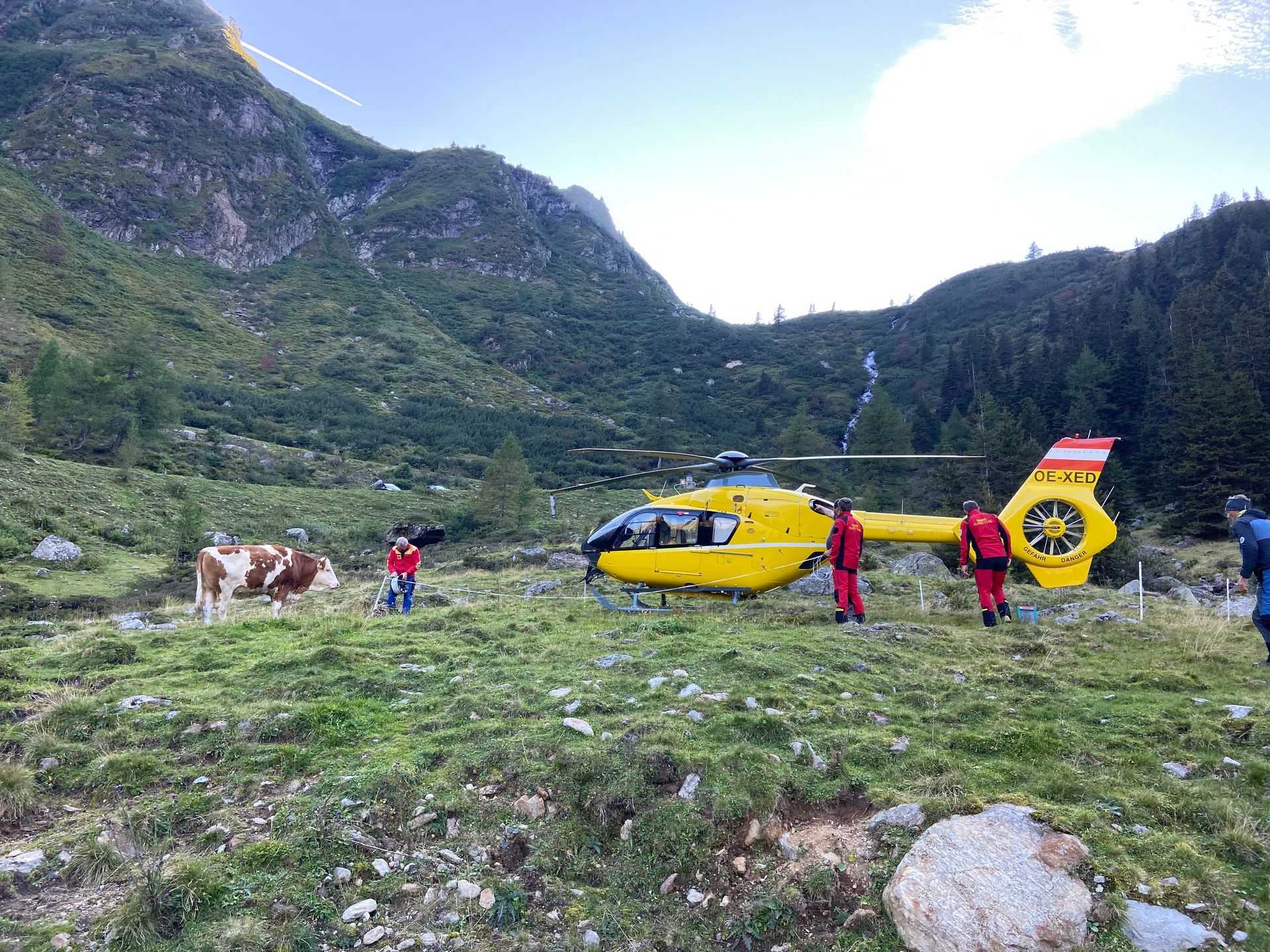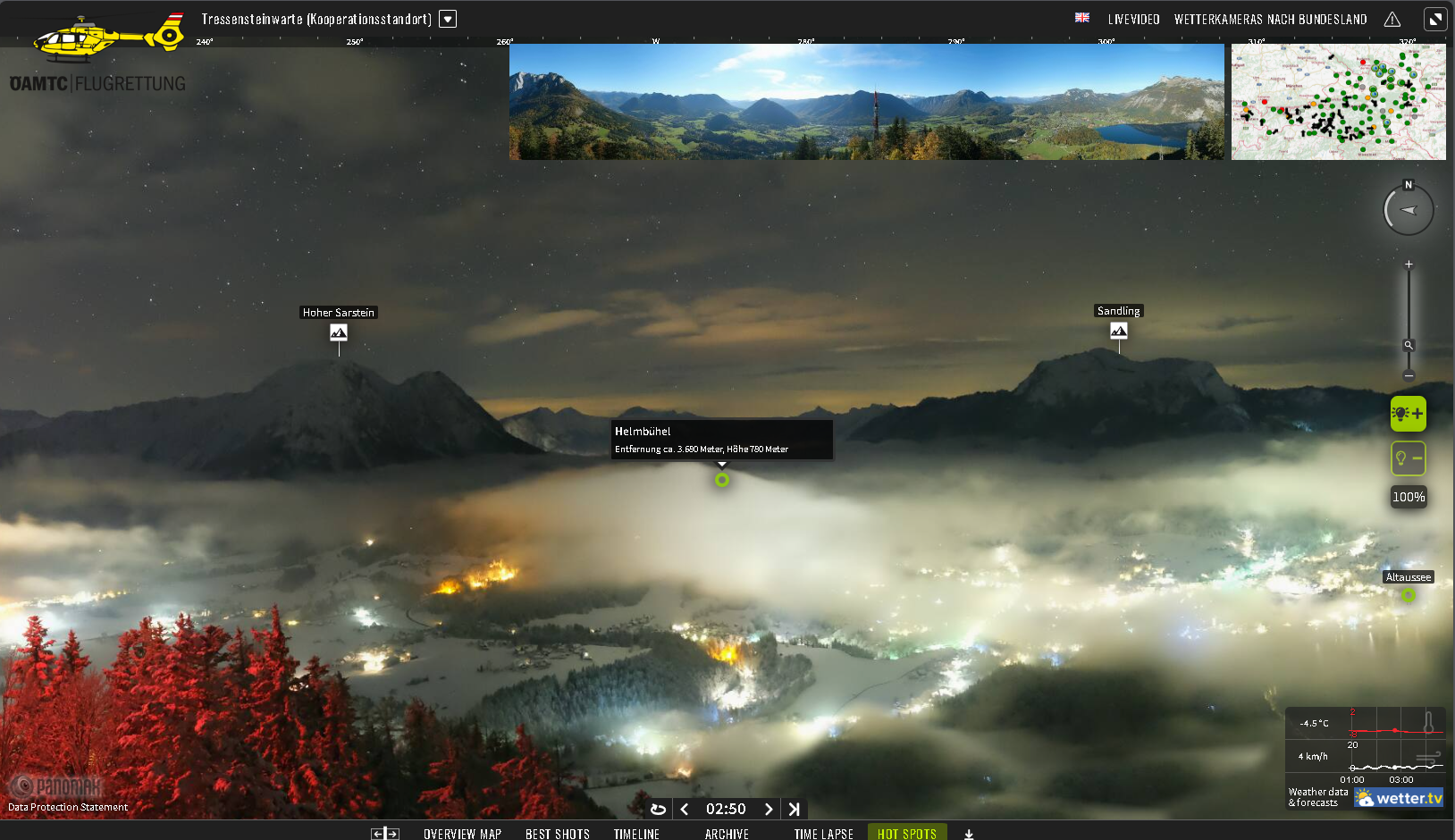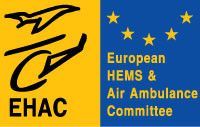Understanding the New EASA Regulations for HEMS Operations: What You Need to Know by May 2026

As of May 2026, the European Union Aviation Safety Agency (EASA) is introducing new regulations that will significantly impact Helicopter Emergency Medical Services (HEMS) operations across Europe. These changes are designed to enhance safety, particularly during night operations, by ensuring that operators have access to reliable and accurate meteorological information. Understanding these regulations and ensuring compliance is crucial for all HEMS operators. In this blog post, we’ll break down the key rules that must be followed and provide direct quotes from the relevant EASA regulations, including AMC1 SPA.HEMS.145(b) and AMC1 CAT.OP.MPA.192.
1. Mandatory Use of Reliable Meteorological Information
One of the core requirements under the new EASA regulations is the need for HEMS operators to have reliable access to real-time meteorological information. This is particularly critical for night operations, where weather conditions can change rapidly and pose significant risks.
Quoted Regulation:
“Operators must ensure that real-time meteorological information is available and accessible to support safe decision-making during HEMS operations, particularly during night operations and in adverse weather conditions.”
This regulation underscores the importance of having systems in place that provide accurate and up-to-date weather data, enabling pilots and mission coordinators to make informed decisions that enhance flight safety.
2. Requirement for Timestamped Imaging
Another critical aspect of the new regulations is the requirement for timestamped imaging. EASA mandates that HEMS operators use serviceable digital cameras to capture and provide reliable, timestamped images of weather conditions along the approach path.
Quoted Regulation from AMC1 SPA.HEMS.145(b):
“HEMS operators are required to utilize serviceable digital cameras that provide timestamped images, accurately reflecting the weather conditions in the approach path to the destination. These images must include data on location, bearing, and altitude, ensuring compliance with operational safety standards.”
This requirement ensures that all weather data used in flight planning is both current and verifiable, reducing the risk of weather-related incidents.
3. Compliance with Location, Bearing, and Altitude Requirements
EASA also specifies that the digital cameras used by HEMS operators must be installed at known locations, with precise data on bearing and altitude. This is crucial for ensuring that the weather information provided is relevant and accurate for the specific flight paths being used.
Quoted Regulation from AMC1 CAT.OP.MPA.192:
“Digital cameras utilized in HEMS operations must be installed at fixed locations with known coordinates, bearing, and altitude. This ensures that the meteorological data captured is both relevant and precise, supporting safe flight operations.”
By adhering to this rule, operators can be confident that the weather information they rely on is accurate and applicable to their specific operational needs.
4. Ensuring Serviceability and Maintenance
The new regulations also place a strong emphasis on the serviceability and maintenance of the equipment used to gather meteorological data. This includes regular checks and maintenance of the digital cameras to ensure they remain fully operational and reliable.
Quoted Regulation:
“All digital imaging equipment used for the purpose of capturing meteorological data must be regularly serviced and maintained to ensure continuous operational reliability. This includes routine checks and timely repairs to prevent any lapse in data availability.”
This requirement highlights the importance of ongoing maintenance and support to ensure that the equipment used in HEMS operations remains functional and reliable at all times.
Preparing for Compliance
The upcoming EASA regulations, effective May 2026, set a new standard for safety in HEMS operations. By ensuring access to real-time, reliable meteorological information, and by adhering to strict requirements for timestamped imaging, location accuracy, and equipment maintenance, operators can significantly reduce the risks associated with adverse weather conditions.
For HEMS operators, the time to act is now. Ensuring compliance with these regulations not only enhances safety but also positions your operations to meet the highest industry standards. At Panomax, we are committed to helping you navigate these changes with our advanced, EASA-compliant webcam solutions, designed to provide the critical data you need for safe and successful missions.
If you’re ready to take the next step in preparing for these new regulations, contact us today to learn how Panomax can support your HEMS operations with cutting-edge technology and expert consultation.










